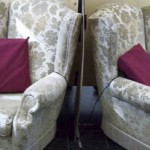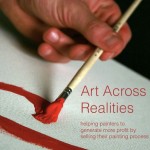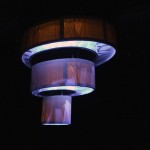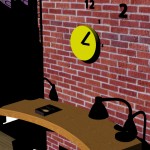by Sophie van der Weerd, [PDF | 2M]

In her B22 project report, Sophie writes: “…I will offer the ‘WeTouch Pillow’; the pillow that communicates your families’ presence in a subtle way without an obliged effort. If one uses his pillow, the pillow of the other becomes warmer and vice versa. I will focus upon the communication tools market. The market will have a need for my product, since it communicates family presence without an obligation and current communication tools require an obligation and effort, which people do not like when communicating with their family like having to call, as to my user research. I want to express to the market the importance of family presence and contact, but that there is no obliged effort needed. The internet will be a good medium to use to contact the target group of relatives living apart, since the younger generations uses it a lot. And I try to reach people who live apart from each other, so an internet service which sends one pillow to each of the relatives is a good way to sell the WeTouch Pillow. Also because an internet connection is needed for the pillows to connect…”


